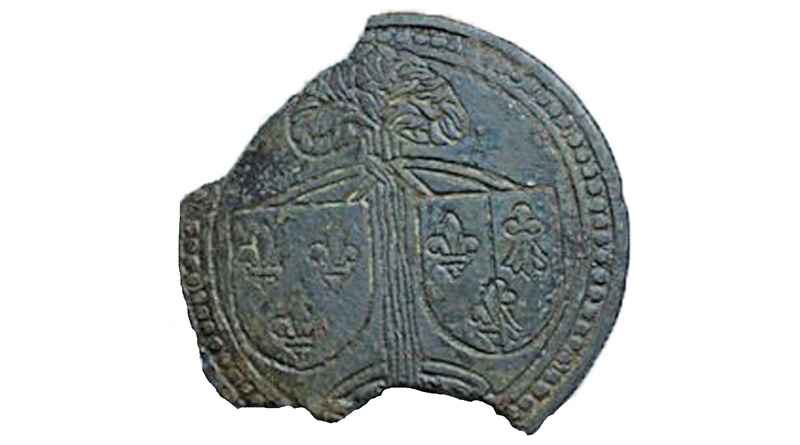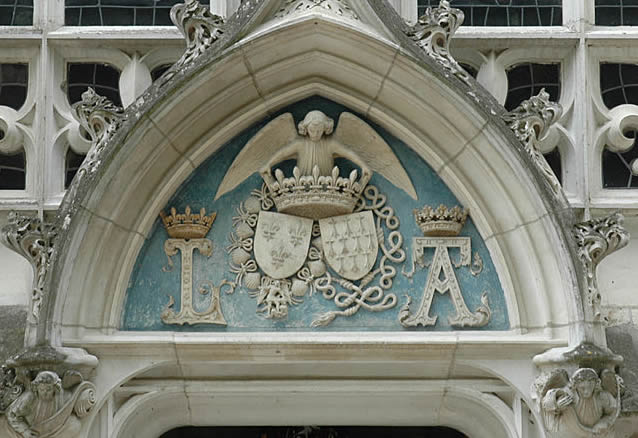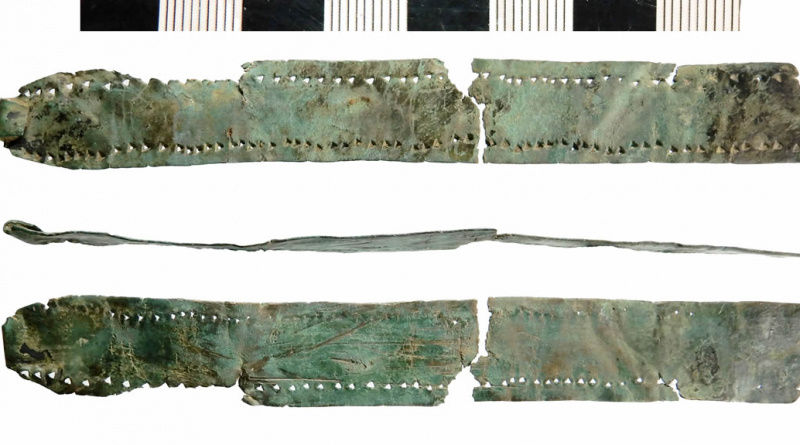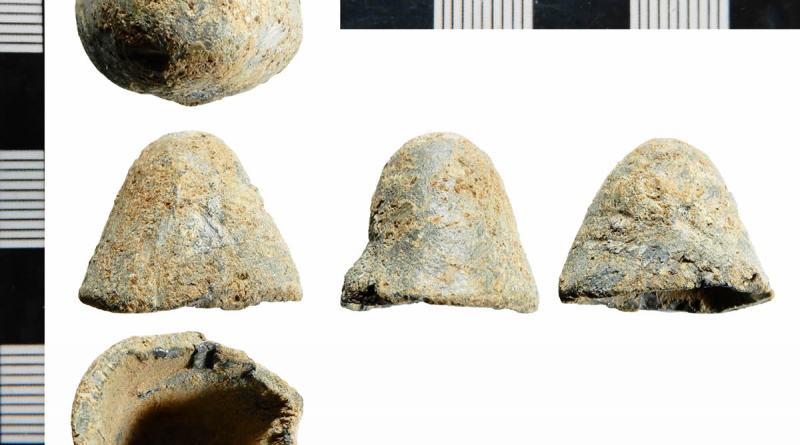PAS finds: week ended 3 September 2021
PAS finds: week ended 3 September 2021
A round-up of some of the finds recorded at the PAS for the week ended 3 September 2021. There were 221 finds recorded in this week including 3 finds of note.
Featured Find
Badge of Anne of Brittany
This button badge is decorated with an engraved design of two shield attached to a tree. The shield on the left shows the arms of France. On the right shield these have been combined with the arms of Brittany (ermine tails). This design is attributed to Anne of Brittany, after 1491 when she became Queen of France.
French-Breton War
There had been a succession of military and diplomatic episodes between the Duchy of Brittany and the Kingdom of France since 1465. In 1487, due to the approaching death of Anne’s father (Duke Fancis II of Brittany) who had no clear successor, the French-Breton War began. The war, and Breton’s independence, ended in 1491 with the signing of the Treaty of Rennes and the marriage of Anne to the king of France, Charles VIII.
Marriages of Anne of Brittany
Her marriage contract stated that it was concluded to “ensure peace between the Duchy of Brittany and the Kingdom of France“. It also provided that the spouse who outlived the other would retain possession of Brittany. However, it also stipulated that if Charles VIII died without male heirs, Anne would marry his successor, thus ensuring the French kings a second chance to annex Brittany permanently.
After the marriage to Charles, the image that Anne spreads of herself, through commissions (portraits, stories), is one of a queen personifying the union between France and Brittany.
Marriage to Louis XII
When Charles VIII died as the result of an accident on 4 April 1498, Anne was 21 years old and without surviving children. With Charles’s death, the terms of her marriage contract came into force. However, the new King, Louis XII, was already married to Joan, sister to Charles VIII. Anne agreed to marry Louis XII if he obtained an annulment from Joan within a year. Days later, the process for the annulment began and the marriage was dissolved by the pope before the end of the year.
During this marriage, Anne lived mainly at Château de Blois. In this image of the gable of the chapel’s entrance there are shown the crowned initials of Louis XII and Anne with the arms of France and Brittany.







